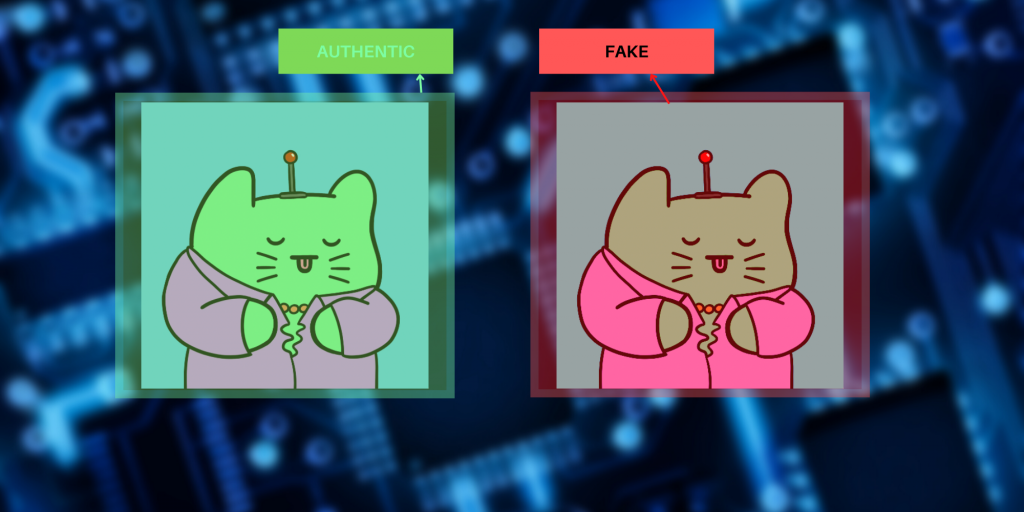How Computer Vision Could Help NFT Authenticity
Computer vision is a new field of science that uses Artificial Intelligence (AI) to teach computers how to interpret visual data. It’s currently used at the forefront of the autonomous vehicles industry to detect and classify objects like road signs, create 3D maps– and, recently, its technology is being explored to verify NFT authenticity. The …

